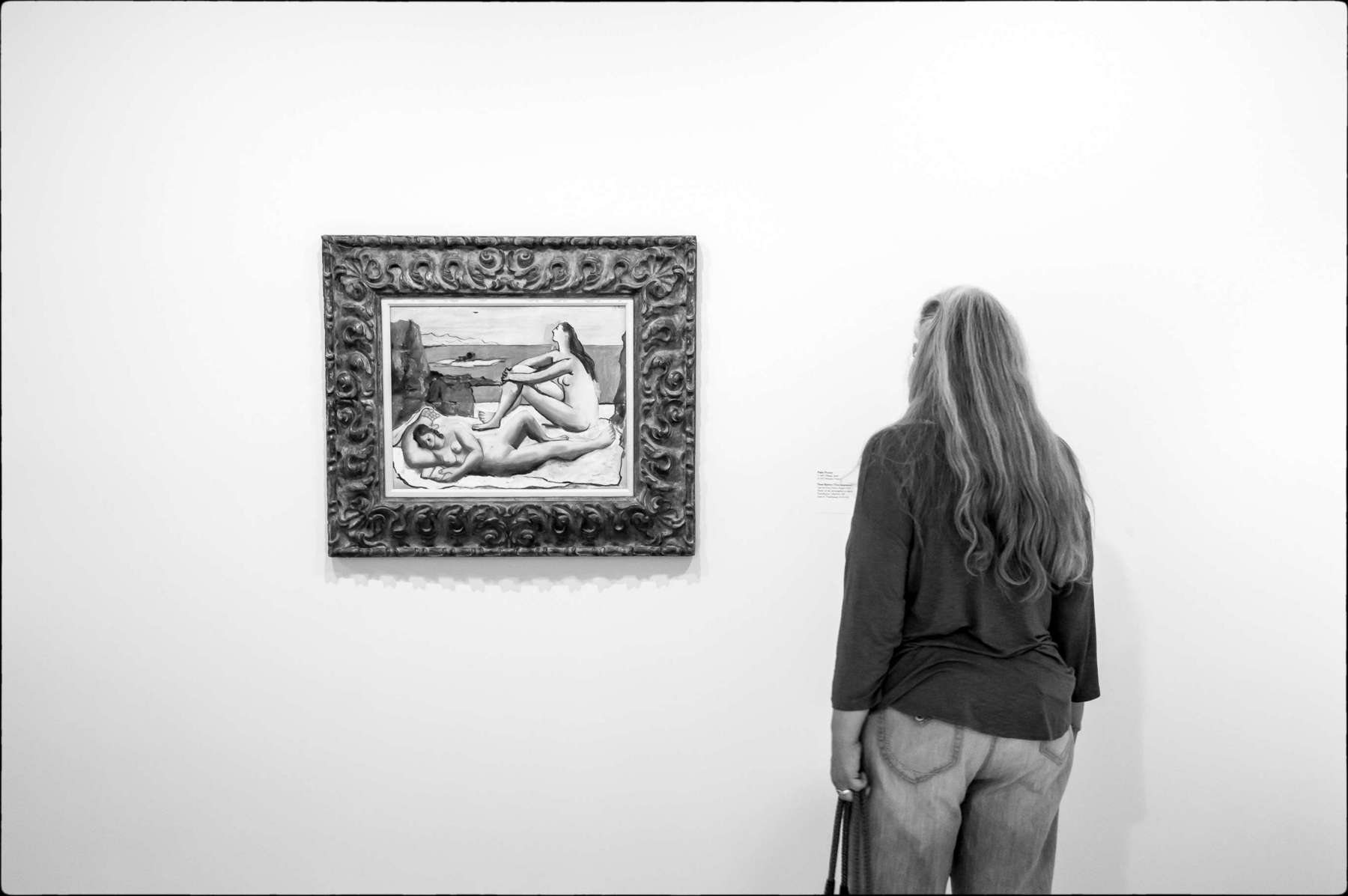Art is not what you see, but what you make others see.
Edgar Degas
I feel a little uncomfortable discussing photographic fine art, because I'm not sure what it is. I'm also not sure what photographic art is and I do not consider myself a photographic artist, but rather a photographer. I think that's just fine (as does Don McCullen among others).
There seems to be, and has been for a long time, two camps in landscape photography: those who want to represent Nature in her truest form, and those who want to use captured images of Nature to express themselves.
It goes back to Adams vs. Mortensen, or possibly earlier than that, when you consider Emerson's discussion in Naturalistic Photography for Students of the Art, which he later contradicted. (see my essay in On Landscape, Vol. 205, page 110)
I just read an article in Medium Format Magazine (Sept 2020) by Michael E. Gordon who said,
"The representational photographer depicts physical appearances as found and doesn't typically interfere with the subject or the light. In contrast, the fine art photograph may be entirely the result of interference. The finished print might scarcely resemble the found state."
To me, the epitome of fine art landscape photography is when the final print depicts the physical appearances of the found object as interpreted by the photographic artist.
Photographers who are able to accomplish this include Charlie Waite, William Neill, Charlotte Gibb, Carr Clifton, David Ward, Guy Tal, etc. Ernst Haas fit this category beautifully because he was able to photograph things in the world surrealistically on 35mm Kodachrome, where there was no post-processing or manipulation. His images certainly rise to the level of fine art.
Charlie Waite's "things" are recognizable, many of Haas' are not. Haas was able to find that thing in the thing that realistically described it in a way that was unrecognizable.
The epitome is probably Eliot Porter, who said, "The photograph is an abstraction of nature, a fragment isolated from a greater implied whole, missed but imagined, a connection which assists in holding the viewer's attention."
Other contemporary landscape photographers can take an (admittedly) mediocre image and transform it into something fantastic, like a movie poster or a Robert Kincaid painting. These often resemble the found object, say for example the Dolomites, while being significantly altered and romanticized. It can be an amazing demonstration of software talent and creativity. It might not seem like "fine art" to me, but I'm sure it does to some, including the creators.
We can do anything we want with photography, that's the beauty of it. And no one way is right or wrong. There is no final arbiter on what constitutes fine art. The main thing is to have fun with it. For me, this is when it all comes together as if I am using Kodachrome, when the finished image is both artistic, realistic and surrealistic, and may or may not be recognizable.
